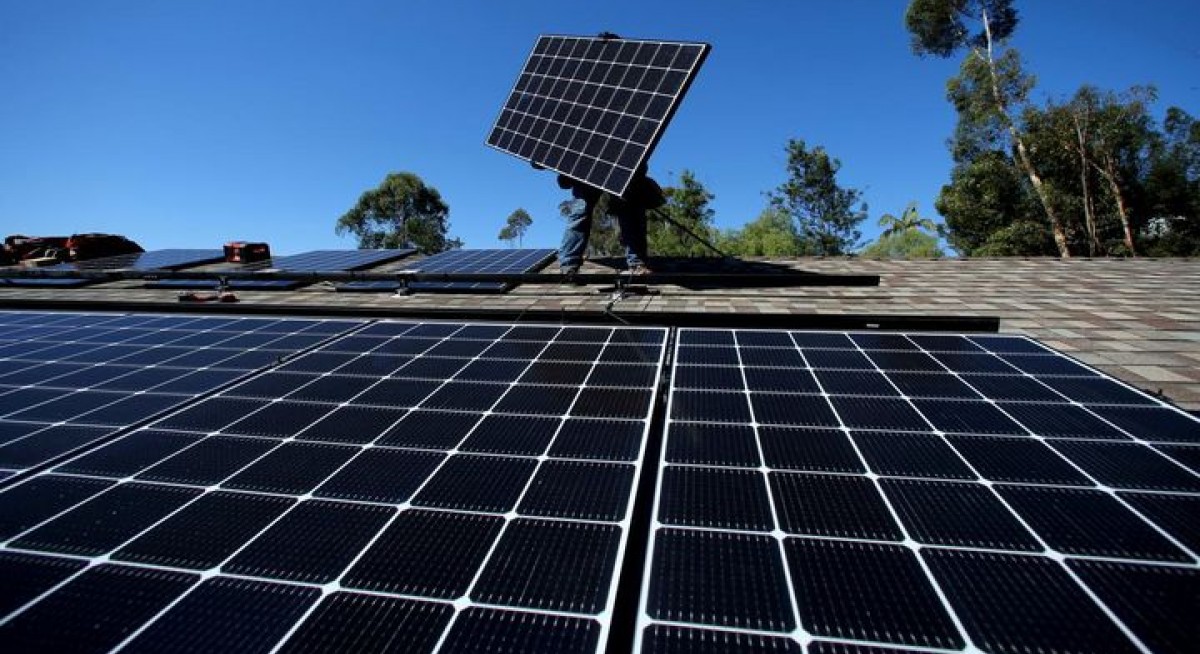“It is notable that in the third year of the Trump presidency, which has not been particularly supportive of renewables, US clean energy investment set a new record by a country mile,” said Ethan Zindler, head of Americas for BNEF.
Global money flowing into the industry totalled US$282.2 billion last year, up 1% from 2018. Despite the modest rise in investment, falling costs of wind and solar power ensured a healthy increase in capacity to 180 gigawatts, an annual increase of 13%.
China maintained its global dominance even as investments fell 8% to US$83.4 billion, the lowest since 2013. Europe’s renewable energy investments also slid 7% to US$54.3 billion.
Brazil, which also has a climate-sceptic President in Jair Bolsonaro, boosted investments by 74% to US$6.5 billion.
The headline number, seen as an indicator of progress in the global climate fight, remains under its 2017 peak of US$315 billion. Even that level is far below what is likely needed to meet goals set under the Paris climate agreement, which targets the global temperature increase since the start of the industrial revolution to less than 2°C.
Under a 2°C scenario, the world should have been investing about US$580 billion in green energy each year between 2017 and 2020, rising to US$600 billion between 2021 and 2025, according to BNEF’s 2017 New Energy Outlook (NEO). “Our latest analysis shows that,as costs of renewables have fallen, achieving 2°C becomes potentially cheaper than previously thought,” said Matthias Kimmel, BNEF’s lead analyst for NEO. Last Wednesday, five major global research institutions revealed that the world had warmed by about one degree, compared with the 19th century average. As greenhouse-gas emissions continue to rise, 2019 was the second hottest year on record and the last decade was the hottest ever.





